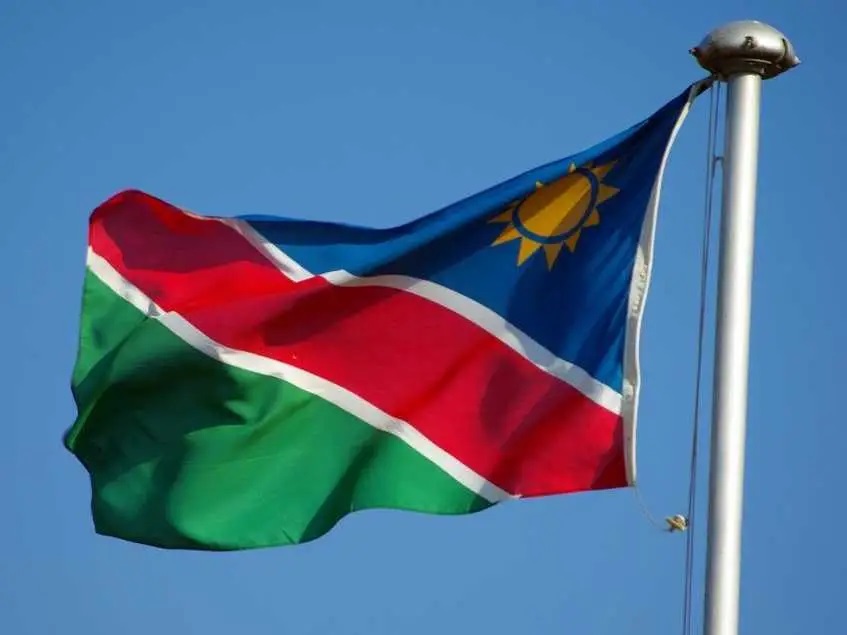Telecom Namibia toes party line and announces N$2.3bn infrastructure upgrade plan

Telecom Namibia plans to invest N$2.3-billion over the next five years in infrastructure development to lower the costs of connectivity and address low levels of tech and data services adoption.
The company said it will invest in its fixed and mobile infrastructure, beginning with the national backbone to the core network and access technologies.
CEO Stanley Shanapinda said the company has deployed upgraded 3G and 4G mobile sites, in both rural and urban areas, and it will continue to share passive infrastructure equally with other mobile network operators.
He said the next part of the company’s plan is to accelerate the rollout of fibre to homes and improve coverage by the company’s existing 10, 676 km national fibre backbone.
According to Shanapinda a portion of the investment, amounting to US$5-million, went to the co-landing of the Google’s Equiano submarine cable with Paratus on 1 July 2022.
He said: “This is the second submarine cable we landed. The first one being the West Africa Cable System (WACS) that landed in February 2011. These cables address Namibia’s international connectivity needs and gears Namibia towards the 4IR, a revolution that will be driven by intense data-driven needs. We are positioning Namibia as a regional ICT hub for landlocked African countries such as Botswana via Buitepos, Zambia via Ngoma and Sesheke, Malawi and the Democratic Republic of Congo. This is in line with our projected capacity demands to enable digital transformation in sectors such as logistics and trade.”
Last month, Namibia’s Minister at the Ministry of Information and Communications Technology (MICT) Peya Mushelenga bemoaned low levels of access to internet and coverage provided by telecommunications companies.
Mushelenga called on the ICT industry to double up on efforts to roll out telecommunication towers across the country - so that even people in rural areas can be connected to mobile communication in line with the government’s broadband policy to provide at least 95% broadband coverage by 2024.